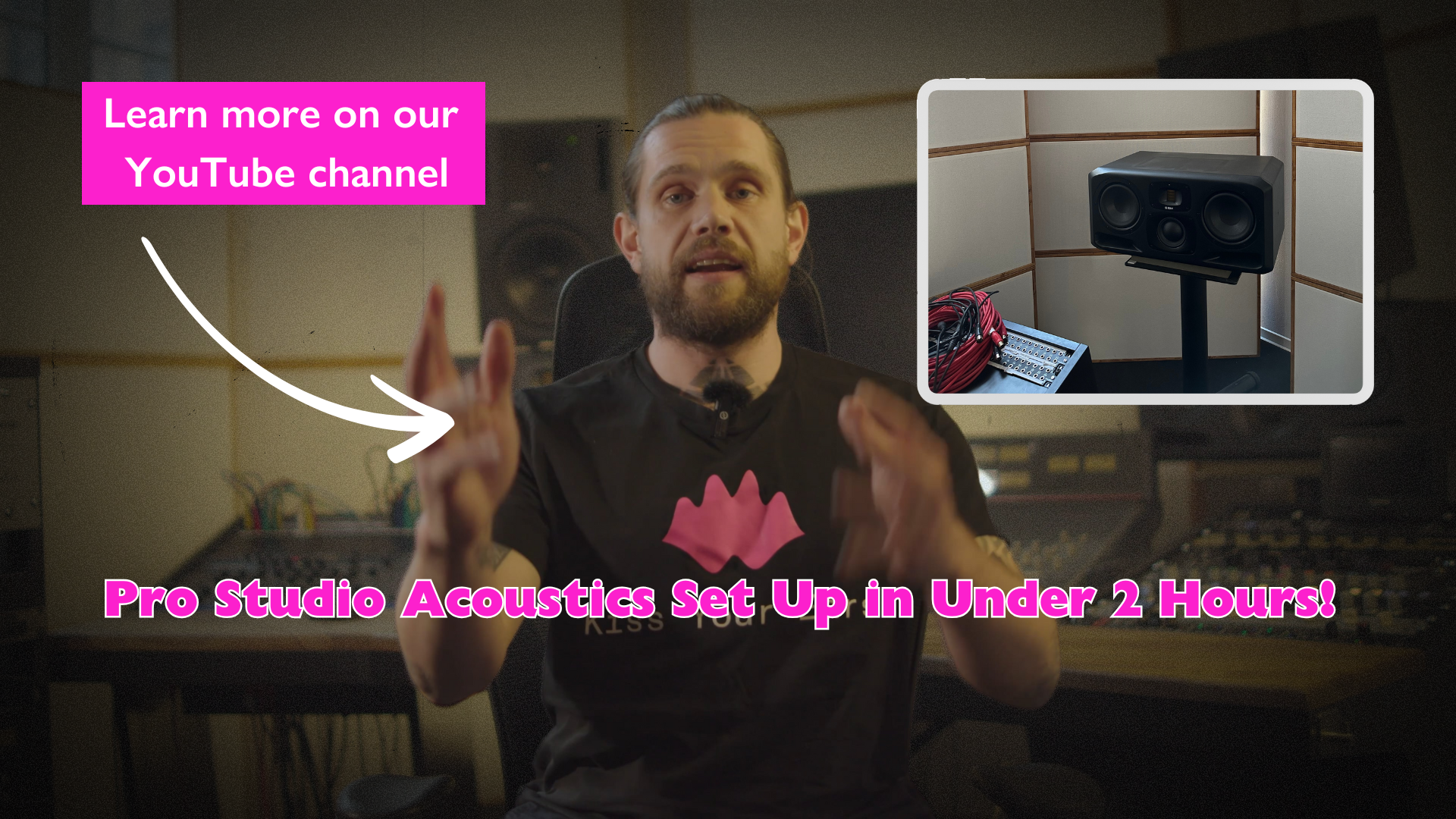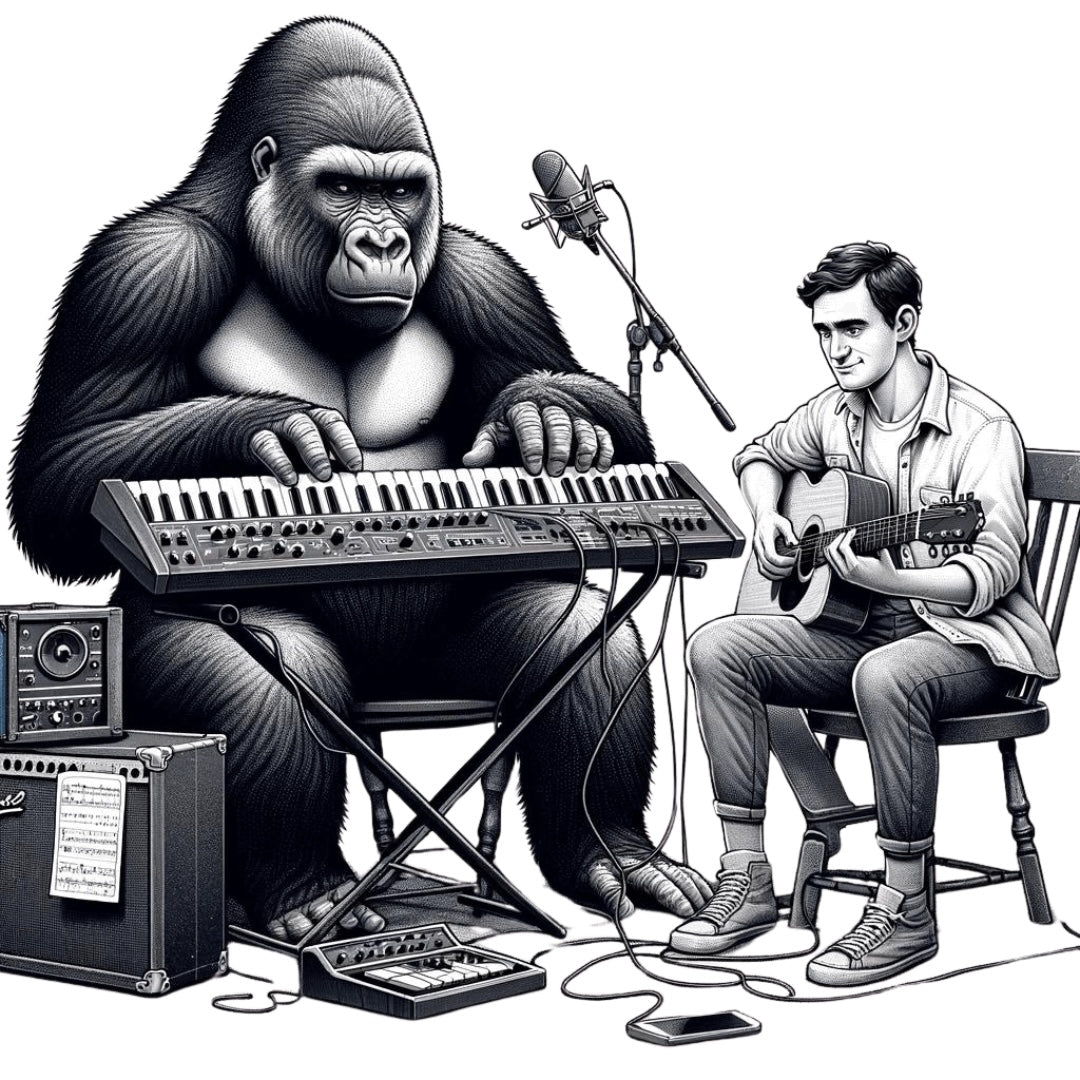Dance music culture: a post-modern empathogenic ceremony?
Written by Pete Armitage
There’s a ritualistic flavour to the practice of dancing in a dark room with a load of strangers. The experience, when coupled with the right drugs and the right tunes can become deeply transcendental, and for many constitutes their first ‘religious’ experience - or, should we say, encountering something profound and greater than themselves.
Collins Dictionary defines a ritual as ‘...a religious service or other ceremony which involves a series of actions performed in a fixed order.’ Couple this conception with the faithful devotion to the scene many proponents of techno and the like express and it’s easy to grasp how clubbing has become a contemporary ritual for many.

What we typically know as raving constitutes many elements of traditional healing practices. As discussed by Michael J Winkleman in Shamanism: A Biopsychosocial Paradigm of Consciousness and Healing, dancing to rhythmic music in a social context is present in almost all indigenous cultures, and therefore is likely to have a biological basis. One interesting example is Sublî, as practiced by the Tagalog ethno-linguistic group in the southwestern part of Luzon in the Philippines.
The objective of such practices has been explored by several scholars - it seems that the outcomes are reasonably abstract and rather than being explicitly curative, they simply enrich our lives by the engagement in a practice it seems we are meant to perform. It’s a deeply human activity, unlike so much of our lives nowadays and deeply valuable as a result.
---------------------
I first visited a rave in 2005 when I was 15, experiencing something far closer to divinity than I ever had after an equal number of years of weekly church attendance.
There was something dark and magical about the congregation of reprobates (in the club that is, not the church), their contorting gurns revealed only momentarily by the flashing strobe lights whirling above on the sweat-soaked factory ceiling. The event space was an old wool mill, this repurposing of a previously industrial space a sort of microcosm of the cataclysmic shift in culture wrought in the North of England in the 20th century.
Everyone was really nice - the whole fact that this underworld pursuit was frowned upon by any ‘respectable’ adults I knew and turned out to actually be the opposite of its depiction in mainstream media compounded its allure.
Truth is, the people on class A drugs were for the most part actually really friendly - and I somehow felt a deeper connection to them than I did in any other social group. Football culture agreed with me about as much as croissants do with a celiac. And that was what was frankly shoved down my throat, along with Oasis, fish and chips and Lonsdale sportswear.
House and techno music felt like me. Perhaps it was the shared vulnerability, and the deviance. Fuck knows.
After the initial honeymoon period of going out every weekend and record shopping during the week I came to perceive the whole experience as something rather primal - it felt all the more special as a sort of obscure vestige of humanity’s long-forgotten true nature. Cliched imagery of dancing around fires at night, chanting and hitting drums in yesteryear came to mind. There was a deep sense of genuine kinship and community, a far cry from ‘stiff upper lip’ of Britishness.
It was deeply exotic, and remained so even after years of doing it every weekend. It was a brief holiday from post-industrial mundanity and a beautiful corruption of law and order. It’s more difficult to take life seriously when you realise that the forbidden is actually beautiful, and your elders are entirely naive to an entire subculture and world of intrigue, happening right underneath their noses.
In these ways, dance music culture fulfilled some of my more abstract needs and desires - it was my personal locus of casual spirituality.
---------------------
Unfortunately, antiquated ideals and dogmatism characterise organised religion, but there remains a need for humans to engage in some sort of spiritual practice, which can be fulfilled by secular practices of worship, such as collective dance.
A 2015 paper by Ava L Vinsett, Miurel Price and Kenneth H Wilson investigated the therapeutic potential of a modified variation of the Zebola ceremony, a Congolese dance tradition.

The ceremony was facilitated by a Lucumí priest, with a background in the Obatalá tradition of the Yoruba community. Participants were first invited to engage in a meditative practice of their choosing (such as yoga), before being ritually cleansed (which according to Ngoma tradition symbolises the entry of the individual into a period of transformation). They then danced for 90 minutes to drumming performed on nsengas - large, light, sonorous drums made with goat skin heads.
Sixteen of the seventeen participants in their research group reported the ceremony to be a positive experience and described ‘...diverse benefits, including increased exercise tolerance, stress reduction, feelings of group support, and beneficial spiritual experiences.’
(It is worth mentioning that Vinsett et al’s study ought to be aware of the ethical implications of repurposing customary ceremonies for the purpose of western medicine - indigineous traditions are not there to be borrowed by the West to treat their own casualties, they belong to the communities which practice them.)
Initially introduced as a therapy option in western medicine by Marian Chace in the 1940s, ‘Dance movement psychotherapy’ (often referred to as DMP or DMT in the US) is also used as a treatment for those suffering from PTSD and Parkinson’s disease amongst other ailments.
The American Dance Therapy Association (ADTA) suggests that dance movements simultaneously activate several brain functions; kinesthetic, rational, musical, and emotional - leading to increased mental acuity.
In conclusion, it seems that judging raving as simply a hedonistic pursuit is very short-sighted, and its practice might fulfil our spiritual needs. Communal dancing it seems, is one of the most natural pursuits we can engage in.
We can only hope that the COVID-19 pandemic will come to a close sooner rather than later, so that we can all get back to doing what we do best - ritualistic worship to the sounds of Paula Temple.






